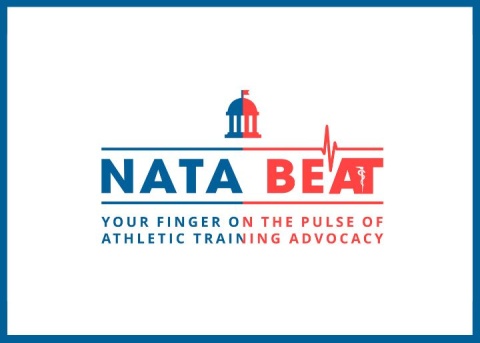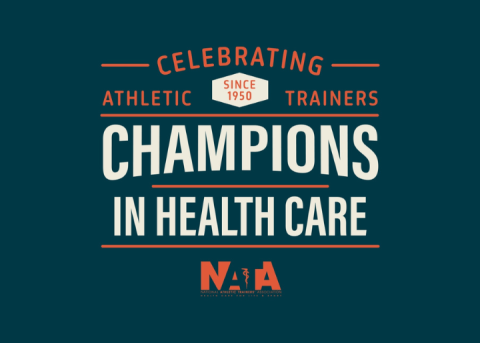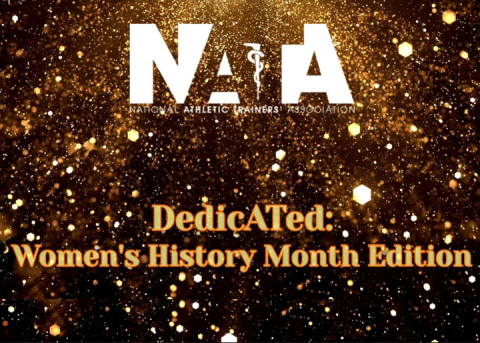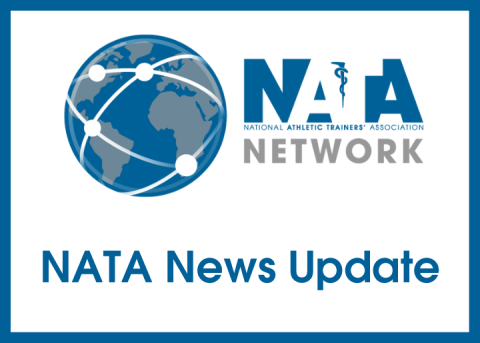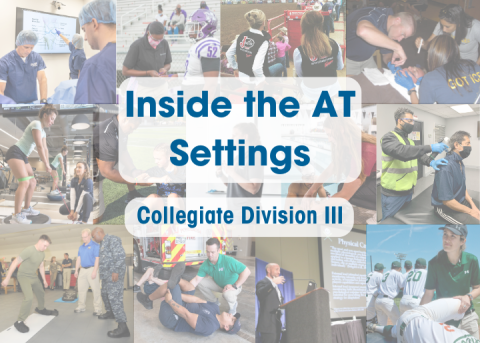
Introduced in the April NATA News, this NATA Now article series provides insight into the different athletic training settings as well as information athletic training students and interested ATs need to know. The series also provides tips from members on how to succeed in each setting.
Dan Davies ATC, CSCS, MEd, assistant athletic director for sports medicine and head athletic trainer with Bowdoin College, joined the Division III institution 21 years ago after nine years in the Division I setting.
“Family came and [travel wasn’t] what I wanted anymore,” he said. “Saw a post in the [NATA Career Center that] Bowdoin was looking for a head AT. Our families have ties to Maine. I applied and got the job.”
Below, Davies shares insight into the collegiate Division III setting.
Typical Makeup of Your Population
Highly academic driven student athletes. We have 31 varsity sports with approximately 720 athletes. We have seven full-time ATs. The physical therapy clinic on campus has two full-time PTs and there is an orthopedic clinic two days a week on campus with our team physician. At Bowdoin, academics is always the first priority. It’s commonplace not to see student athletes before 3 p.m. because of their academic course load. Student athletes miss or arrive late to practice or leave early from practice. They also arrive late to competitions and sometimes miss competitions due to academics. Referrals to physicians are sometimes difficult because of the academic schedule.
Non-AT-Related Skills/Education/Certification Required or Helpful for Your Setting
A master’s degree in education with a focus on leadership. This education was essential in giving me the necessary skills to lead an athletic training department. It’s my philosophy not to manage the athletic training staff but to support them in a fashion that allows independence and creative thinking. Yes, we have emergency action plans and standard operating policies and procedures that we all must follow as best practice, but I don’t want my ATs to be robots. I want each AT to take ownership of their team’s day-to-day operation and provide their own set of leadership skills with athletes, coaches and administrators of the college. I’m there for support and guidance, not management.
Common Injuries Observed or Encountered in Your Setting
Ankle, hip, knee and shoulder. We have 31 varsity sports – everything from squash, sailing, Nordic ski and rugby to the typical sports including football, ice hockey, basketball, lacrosse, field hockey, baseball, softball, track and swim – so we see everything.
Traits of a Successful AT in Your Setting
Honesty, loyalty, respect and humor. I don’t consider myself a rocket scientist. We provide an incredible service to the student athletes. We create connections that last long after graduation. The traits I have described come from “The Leadership Challenge,” written by James Kouzes and Barry Posner. That was my focus for my master’s degree. I have tried to live by these traits in my life and professional career. I always put humor as the last trait. Without humor, life is boring. I think that is how I lasted this long in college athletics. You must have fun in the job!
Misconceptions About Your Setting and/or Patient Population
Our athletes want to win just like any other program in the country. Yes, they have intense academic load, but that is only one part of the puzzle.

